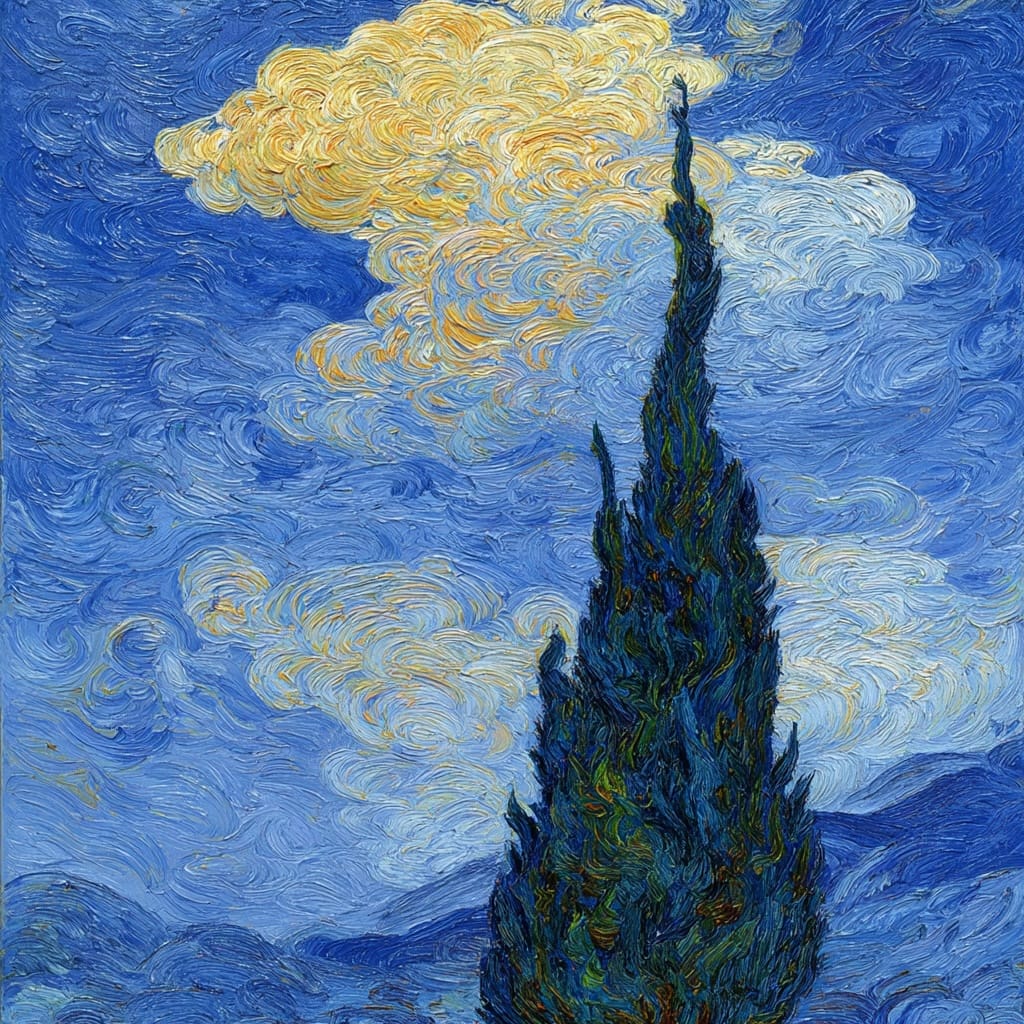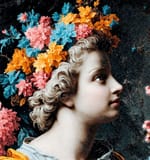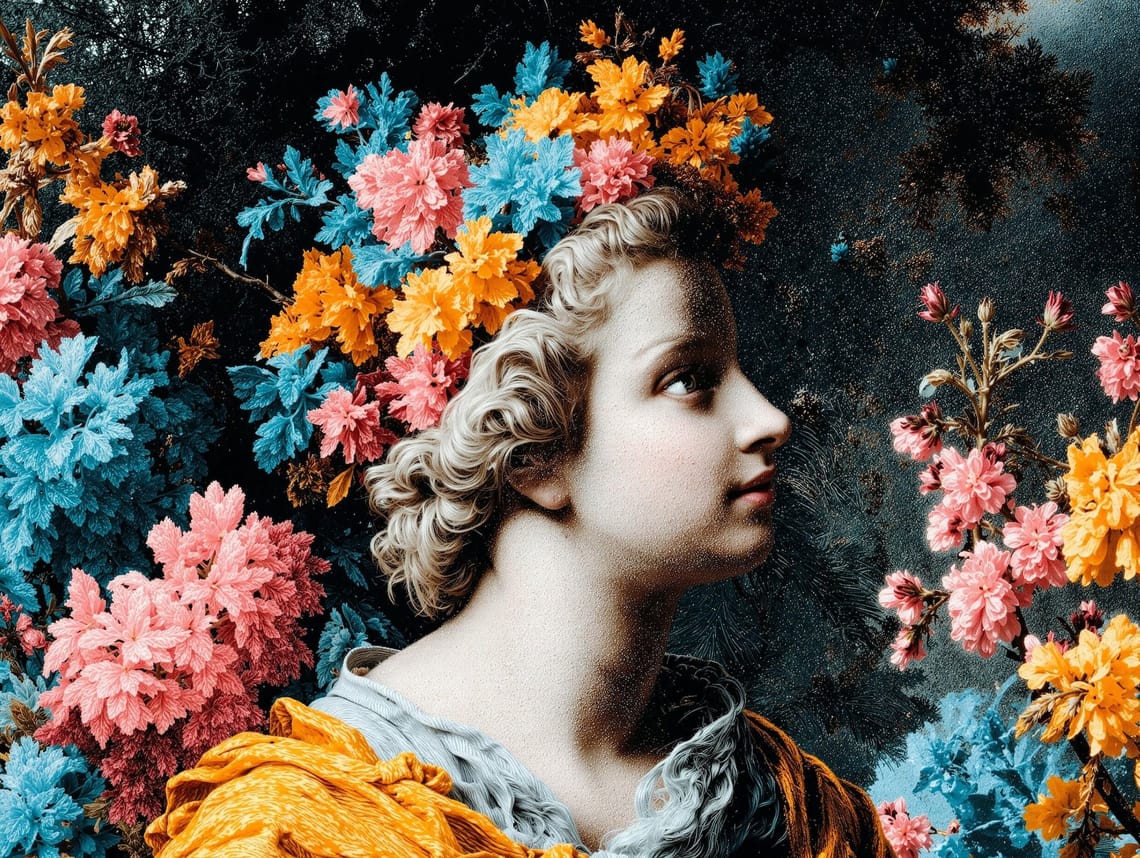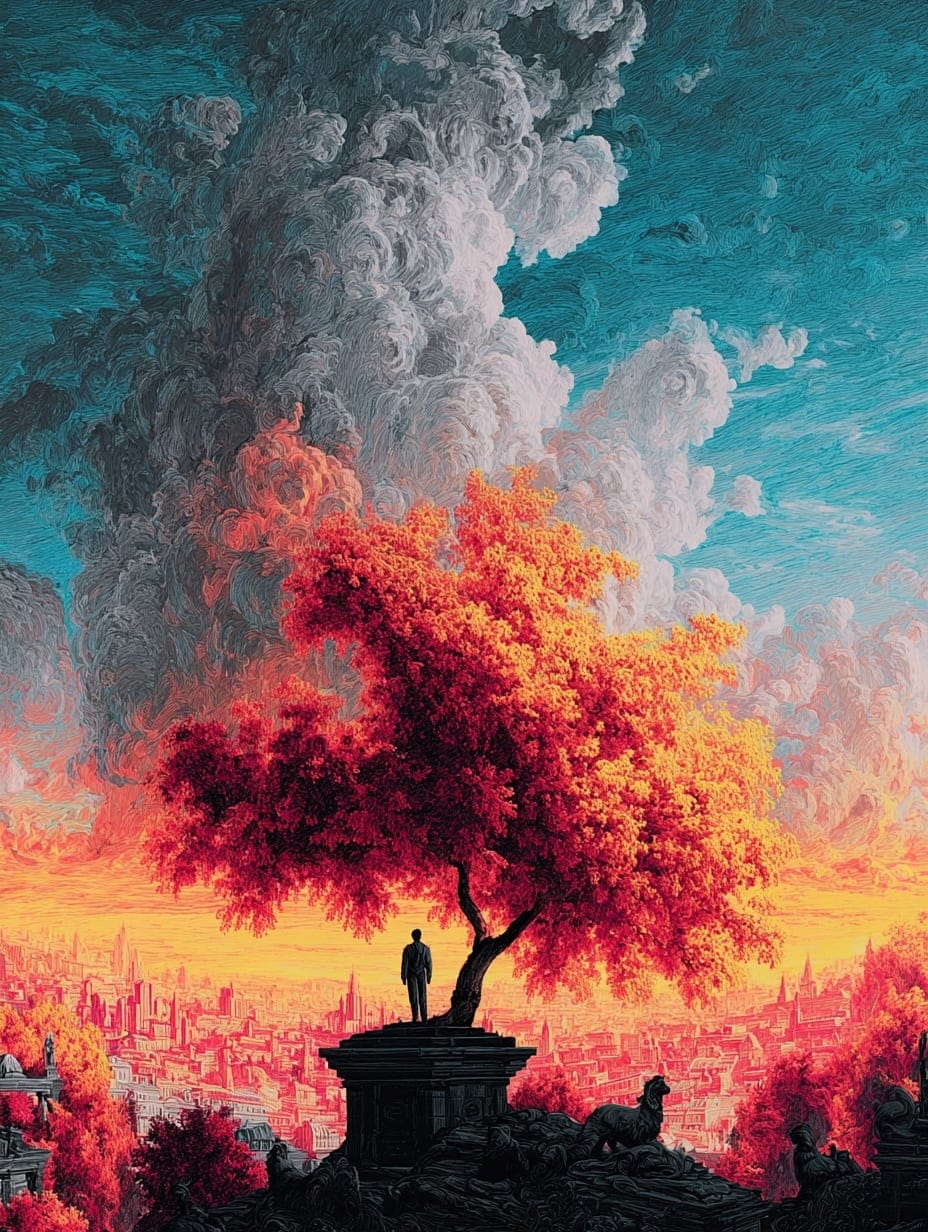Art has always been more than just visual representation—it's a complex dialogue between creators, cultures, and historical contexts. For too long, traditional art history has presented a narrow, Eurocentric view that overlooked countless incredible artists and narratives. Today, we're witnessing an exciting transformation in how we understand and appreciate artistic expression across different times and cultures.
Rediscovering Forgotten Artists
The art world is finally turning its attention to creators who were previously marginalized or completely erased from mainstream narratives. Women artists, artists of color, and those from non-Western cultures are increasingly being recognized for their groundbreaking contributions.
Take, for example, Hilma af Klint, a Swedish artist who was creating abstract paintings decades before artists like Kandinsky and Mondrian. Her spiritually inspired works were virtually unknown until recent decades, despite her incredible innovation. Similarly, artists like Augusta Savage during the Harlem Renaissance challenged artistic conventions while confronting deeply entrenched racial barriers.
Decolonizing Art Historical Narratives
The process of decolonizing art history isn't just about adding missing names to textbooks—it's a fundamental reimagining of how we understand artistic creation. Traditional art historical frameworks often positioned European art as the pinnacle of creative achievement, systematically dismissing or misrepresenting artistic traditions from Africa, Asia, and Indigenous cultures.
Contemporary scholars and curators are now actively working to dismantle these colonial perspectives. They're revealing the complex, interconnected nature of global artistic practices and challenging the idea of a linear, progressive art history dominated by Western sensibilities.
Museums are also playing a crucial role in this transformation. Institutions like the Metropolitan Museum of Art and the Tate Modern have begun critically examining their collections, providing more nuanced interpretations that acknowledge historical contexts of acquisition and representation.
Provenance stories have become particularly fascinating in this new landscape. These detailed histories of artwork ownership reveal intricate tales of cultural exchange, power dynamics, and sometimes uncomfortable colonial legacies. Each artwork carries not just aesthetic value, but a complex narrative of human interaction and historical movement.
Modern technological tools are revolutionizing how we research and understand art history. Digital archives, advanced imaging techniques, and global research collaborations are allowing scholars to uncover previously hidden connections and stories.
Consider how contemporary artists are now actively engaging with and reinterpreting historical artistic traditions. They're not just referencing past work but actively dialoguing with it, creating powerful statements about cultural continuity and transformation.
The impact extends beyond academic circles. Art education is being reimagined, with curricula increasingly emphasizing diverse perspectives and challenging traditional canons. Students are learning to see art as a dynamic, multicultural conversation rather than a fixed, linear progression.
These shifts aren't just academic exercises—they fundamentally change how we understand human creativity. By acknowledging previously marginalized voices, we gain a richer, more nuanced understanding of artistic expression across different times and cultures.
Emerging artists are also playing a critical role in this transformation. Many are deliberately creating work that challenges historical narratives, using their art as a form of cultural critique and reconstruction. They're not just making art—they're rewriting history.
This journey of rediscovery is ongoing. Each new research project, exhibition, or scholarly investigation reveals more complexity, more hidden stories. It's an exciting time to be interested in art history—a moment of genuine transformation and expanding understanding.
The beauty of this approach is its fundamental humanity. By listening to more voices, by being curious about different perspectives, we create a more inclusive, empathetic view of human creativity. Art becomes not just something to be observed, but a profound method of cross-cultural communication and understanding.
Subscribe to my newsletter to get the latest updates and news









Member discussion